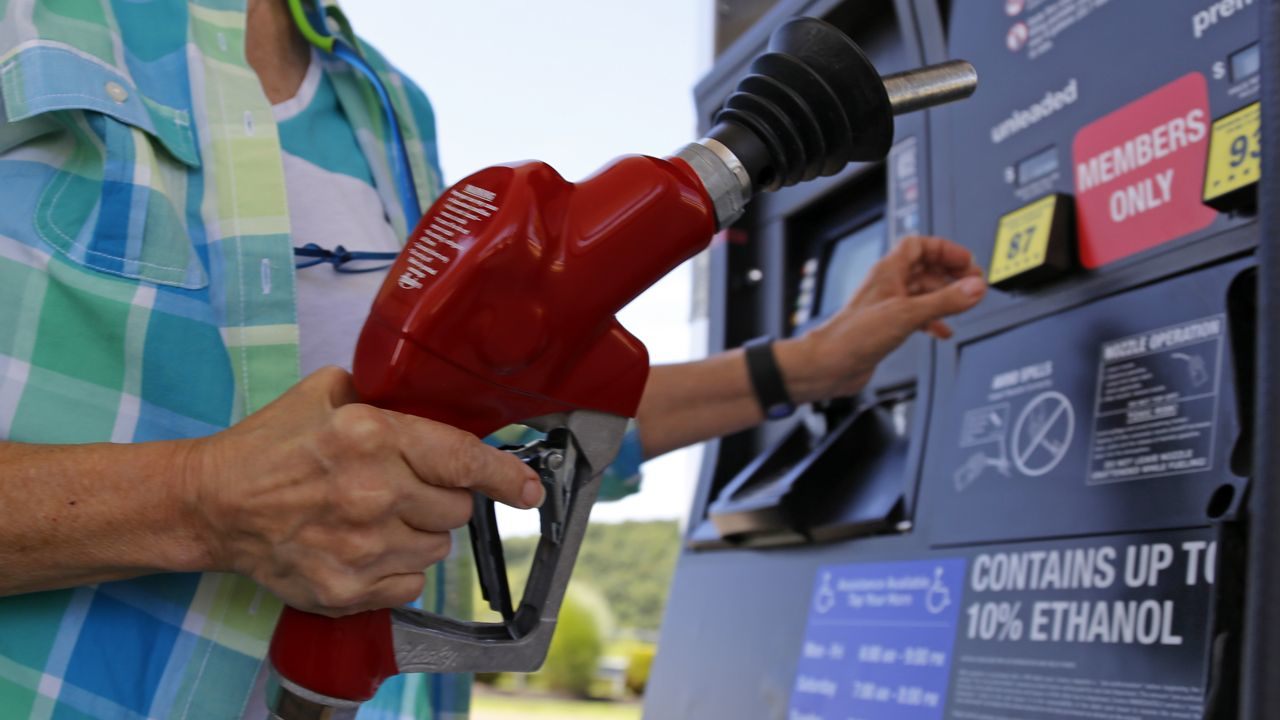
When filling up your car with gas, you may end up leaving the station with more than just a full tank. CompareCards.com says credit and debit card skimming is a growing threat to consumers at the gas pump. Skimming is type of fraud where criminals steal data through bogus card readers they attach to payment terminals at gas stations. Once you use your debit or credit card at the fake card reader, criminals can steal your personal information or use it to make purchases online Opens a New Window. .
Matt Schultz, credit card analyst at CompareCards.com shared four ways for consumers to be safe Opens a New Window. at the gas pump:
Trust your instincts
If something does not seem right or look right with the card reader, do not blow it off. Schultz says our instincts are often correct.
“Trust what you see,” he says. “Don’t be afraid to wiggle the card slot at the pump. If something moves, don’t use it. Either go inside to pay or drive off and get gas at another station.”
Pay with a credit card
If you are concerned about fraud, Schultz says a credit card is the safer way to go. He says consumers should avoid using their debit card when pumping gas.
“If you use a debit card and bad guys get a hold of your information, they can take real money from a real account,” Schultz says. “If bills come due at that time that the money is missing, it can cause some real headaches. That’s not something you need to worry about with a credit card.”
Monitor your bank account
Schultz says everyone should be in the habit of checking his or her bank and credit card accounts online for fraud. The best way to know if you have been victimized? If you see charges on your account that you do not recognize.
“We’re all super busy, but we don’t think anything of checking Facebook or Twitter 10 times a day,” he says. “The truth is you have time to go visit your bank account and credit card issuer online.”
Closely monitor transactions
When observing your bank and credit card accounts, be on the lookout for more than just big charges. Schulz says fraudsters often make small purchases to make sure the card is valid. After the card is tested with a charge of $1 or even less, thieves try to make larger purchases.
“If you see a very small purchase on your credit card or bank account that you don’t recognize, don’t ignore it,” he says. “It could be a sign of bad things to come.”

